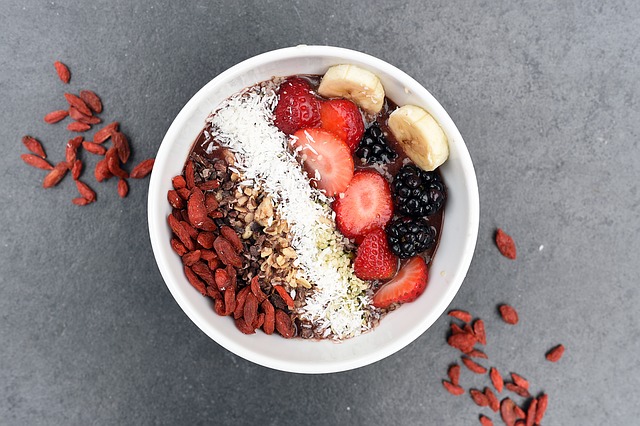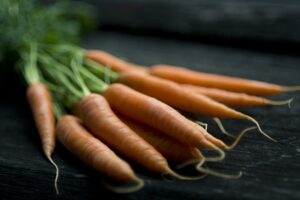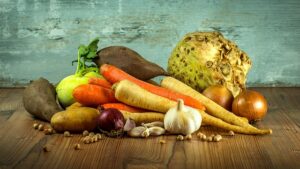Introduction
When it comes to animal-derived foods, carbohydrates are not typically the first nutrient that comes to mind. However, there are certain animal-based foods that do contain significant amounts of carbohydrates. In this article, we will explore which of the following animal-derived foods fit this description.
Eggs
Eggs are a popular and versatile food that contains a small amount of carbohydrates. The majority of the carbohydrates in eggs are found in the form of sugars such as glucose and fructose. However, the total carbohydrate content in eggs is relatively low, with less than 1 gram per large egg.
Milk
Milk is another animal-derived food that contains carbohydrates. The primary carbohydrate in milk is lactose, a natural sugar found in milk products. Lactose is a disaccharide composed of glucose and galactose. The carbohydrate content in milk varies depending on the fat content, with whole milk containing around 12 grams of carbohydrates per cup.
Yogurt
Yogurt is a fermented milk product that also contains carbohydrates. Like milk, the primary carbohydrate in yogurt is lactose. However, during the fermentation process, some of the lactose is converted into lactic acid by the bacteria used to make yogurt. This conversion reduces the lactose content and increases the tangy flavor of yogurt. The carbohydrate content in yogurt can vary depending on the type and brand, but it typically ranges from 10 to 20 grams per serving.
Seafood
While most animal-derived foods contain negligible amounts of carbohydrates, certain types of seafood do contain small amounts. For example, crab and lobster contain around 1 gram of carbohydrates per 100 grams. Other seafood, such as shrimp and mussels, contain even less, with less than 1 gram of carbohydrates per 100 grams.
Conclusion
In conclusion, while carbohydrates are not typically abundant in animal-derived foods, there are some exceptions. Eggs, milk, yogurt, and certain types of seafood contain significant amounts of carbohydrates. However, it’s important to note that the carbohydrate content in these foods is still relatively low compared to other carbohydrate-rich sources like grains, fruits, and vegetables.
References
1. nutritionvalue.org: https://www.nutritionvalue.org
2. USDA Food Composition Databases: https://fdc.nal.usda.gov













